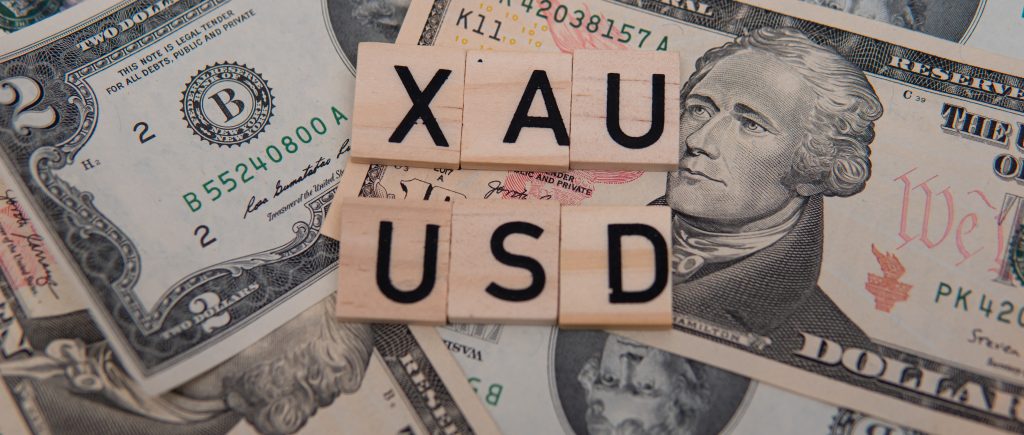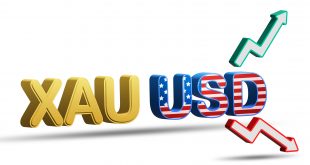Gold prices are climbing, reaching $3,333.95 per ounce, up +0.73% during the North American trading session on Monday, June 9 despite optimism in US-China trade talks. A weakening US Dollar, falling Treasury yields, and persistent geopolitical tensions are fueling gold’s safe-haven appeal. As markets brace for key US economic data and shifting trade dynamics, gold’s trajectory signals broader economic undercurrents. Here’s what’s driving this rally and its implications for investors and markets.
Dollar Weakness and Yield Retreat Boost Gold
The US Dollar Index dropped 0.25% to 98.95 on June 9, 2025, making gold more affordable for foreign buyers. US 10-year Treasury yields fell three basis points to 4.478%, with real yields mirroring at 2.168%, reducing the cost of holding non-yielding assets like gold. May’s nonfarm payrolls rose to 139,000, surpassing the 126,000 forecast, but weaker ADP Employment Change data (37,000 vs. 115,000 expected) signals labor market softness, pressuring the dollar further.
Trade Talks and Geopolitical Tensions
US-China trade talks resumed in London on June 9, 2025, with President Donald Trump granting Treasury Secretary Scott Bessent flexibility to ease tech export controls for rare earth minerals. However, Russia-Ukraine tensions, with Russia seizing eastern Ukrainian territory, sustain gold’s safe-haven demand. China’s central bank added gold to its reserves for the seventh consecutive month in May, pushing prices toward $3,350.
Latest Trade Talk Developments
The London talks, held at Lancaster House, aim to solidify a fragile truce from May’s Geneva agreement, which temporarily cut US tariffs on Chinese goods from 145% to 30% and China’s from 125% to 10%. US negotiators, including Bessent, Commerce Secretary Howard Lutnick, and Trade Representative Jamieson Greer, met China’s Vice Premier He Lifeng to address rare earth export curbs, critical for tech and automotive supply chains.
A handshake deal to ease these restrictions was anticipated, with both sides seeking to stabilize trade flows after China’s US exports fell 34.5% year-over-year in May, the steepest drop since February 2020.
Trade Talks Outcomes and Market Impact
While no formal agreement was announced by June 10, 2025, the talks signaled progress, with both sides committing to ongoing dialogue through a new trade consultation mechanism. However, legal challenges to Trump’s tariffs, deemed unlawful by a US trade court in May, complicate negotiations, as an appeal looms. Global markets, including the Nifty 50 (up 0.40% to 25,103.20), showed cautious optimism, but gold’s strength persists as investors hedge against trade uncertainties and potential Federal Reserve rate decisions.
Steering the Path Ahead
Gold’s rally reflects a delicate interplay of economic and geopolitical forces. A weaker USD and falling yields, alongside Russia-Ukraine tensions, bolster its safe-haven status, while US-China trade progress could temper demand. With the Consumer Price Index expected to rise to 2.5% year-over-year and Federal Reserve rate cut odds at 44.5 basis points by year-end, markets face uncertainty. Investors consider gold-backed assets to hedge volatility and monitor CPI data, as inflationary pressures could sway yields and the dollar. Gold’s surge isn’t just a price spike—it’s a gauge of economic fragility, urging strategic caution.

 Noor Trends News, Technical Analysis, Educational Tools and Recommendations
Noor Trends News, Technical Analysis, Educational Tools and Recommendations




